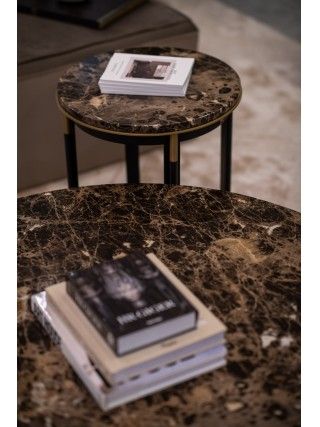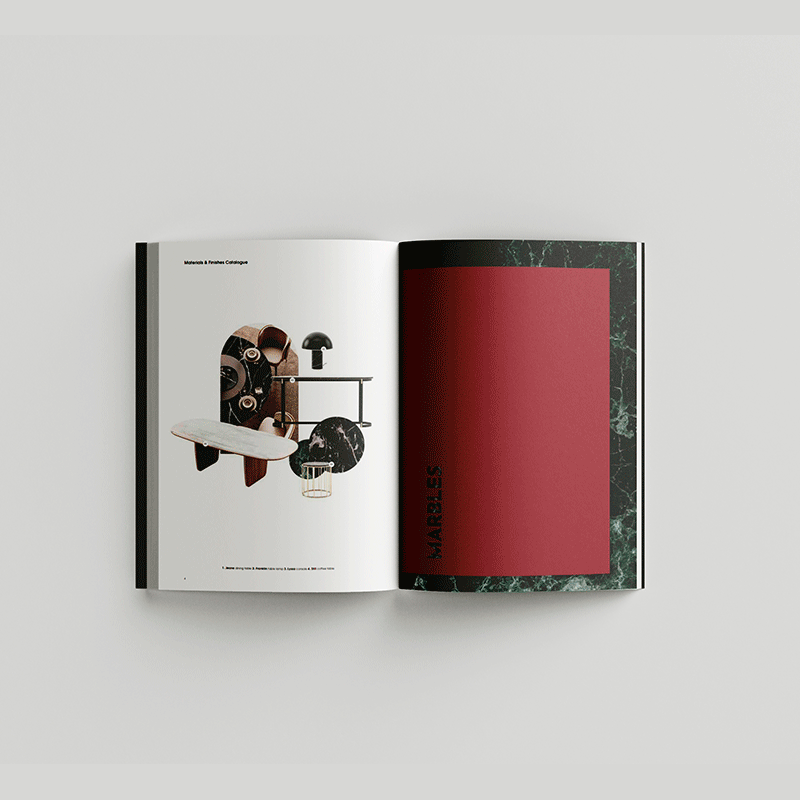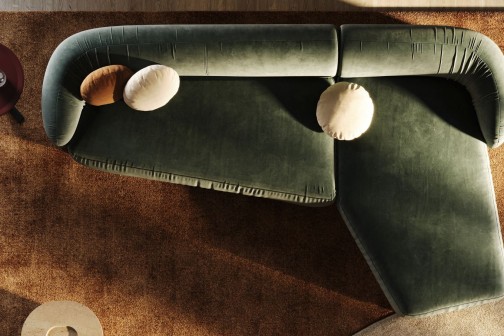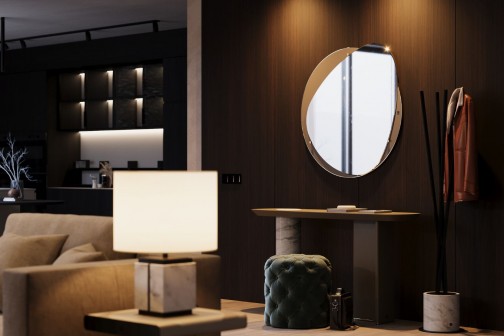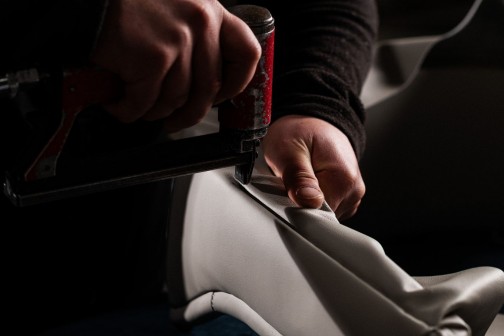"Time is money". One of the oldest sayings in the world, and it is true. The more you grow as an interior designer, the more you notice how important it is to keep everything on track and finish your interior design project on schedule!
You have an interior design project on your hands. It’s time to start planning, but where do you begin? We have some interesting tips that can help you plan your next project and keep on schedule.
Whether you’re working on a small renovation or a large-scale remodel, we have some tips to keep your project on schedule. When it comes to interior design, timing is everything. Follow these 5 essential tips to stay on schedule and avoid costly mistakes.
Upfront Honesty With your Clients
Clients do not always understand how unrealistic their timelines and budgets are, especially since TV shows and magazines tend to show how simple everything is. It is part of the interior designer’s job to educate them on what is realistic.
To determine your availability and to easily set a project timeline, you can use organization tools such as a Gantt Chart. It’s important to manage your timeframes even before you start a consultation with your client. Enlighten your customer on the scheduling implications of making significant adjustments or expanding the scope mid-project.
Design Phase Planning
So many designers begin designing without ever setting a date to submit to their customers. This can cause trouble, especially if you leave your clients hanging without any expectation of when they will start to see the design come together.
It’s hard to commit to a specific deadline but it is the best choice overall, from an organizational standpoint. If you have problems with committing to every interior design project, you can always plan and give increased lead times.
Once you have your contract and retainer in hand the first thing you should establish is major milestones for the Design Phase. Don’t start by giving conclusion times, it’s still too soon for that step. Here are some steps you should take into consideration when planning the dates in your design phase:
Step 1: Site Survey: This should take a few days depending on the amount of room your project has. Gather precise measurements, photos, and inventory of existing objects to include.
Step 2: Trade: You should always try to be quick and get a hand on a contractor, wallpaper hanger, window treatment professional, and others to submit quotes for their services.
Step 3: Concept Design: This is the preliminary design package delivered, and followed up with a phone call. It includes big-picture design ideas, recommended budget, and a preliminary floor plan.
Step 4: Design Presentation: The whole design phase is concluded and delivered in person. It can include the complete budget, estimates from trades, all drawings, samples, specifications, and design boards.
Extra Tip: Interior designer Cynthia Peralta-Brito of CPB Designs says “All decisions made during the design phase can eliminate confusion and allow for a smooth and speedy renovation phase,”. Allowing clients to make most of their decisions early on can save everyone time and let you focus on other aspects of the project, particularly when unexpected challenges develop.
Your Clients Need Deadlines
Some clients can be hard to deal with. In the interior design business, most clients think that you are only working on their project. The most successful projects are those in which the client shares responsibility for keeping the momentum going.
Here are some deadlines you should consider:
- Respond to the Design Proposal - This involves receiving the Client Agreement and the Service Retainer.
- Client Inventory – Most of your clients will have their own furniture or trinkets/heirlooms that they will want to incorporate into the project. It is their responsibility to show them to you and tell you what they want.
- Feedback on Concept Design – Try to give a strict deadline to get this feedback.
- Feedback on Design Presentation – The most important feedback and usually the hardest one to get on time. Clients typically face dilemmas in this phase, and they need some time to organize their thoughts. Don’t let them take much more than a week’s time.
Your client’s deadlines should be a mutual arrangement, don’t try to enforce your own dates because, at the end of the day, he is the client with the ultimate decision. Always strive to get an agreement and manage expectations from the start.
Contractors
Unless you are a Design-Build firm, you are not normally responsible for the building timeframe. That is entirely up to your contractor. The exception, of course, would be if you did not order materials on time, which would cause the project to be delayed.
Once the design process is complete, you have much less control over timelines. Make this expectation clear to your client. Even the most skilled contractors may take longer than expected.
Furniture Supplier
All the timelines you offer to your client must account for the time it takes furniture suppliers to deliver the furniture that will be used in your project. The need for unique components or extensive customization possibilities can often significantly increase shipping times, influencing the timeliness of the overall process.
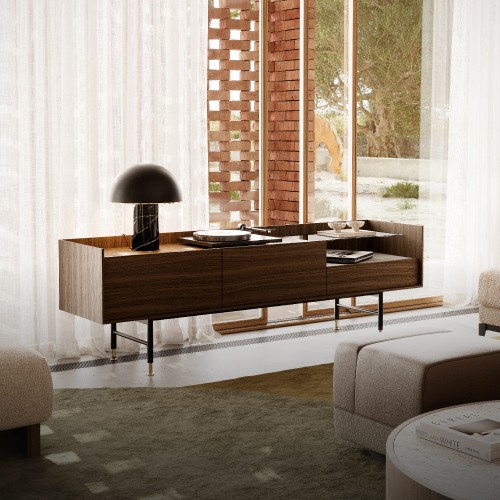
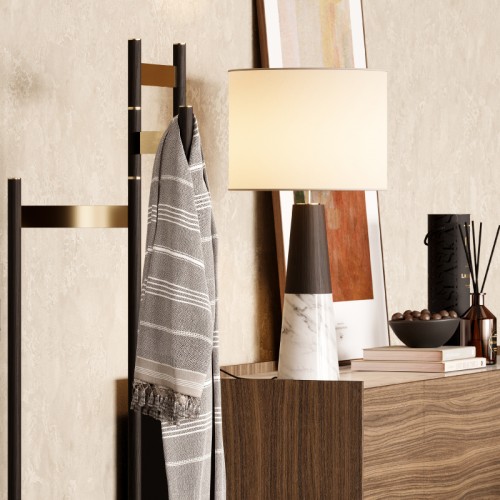
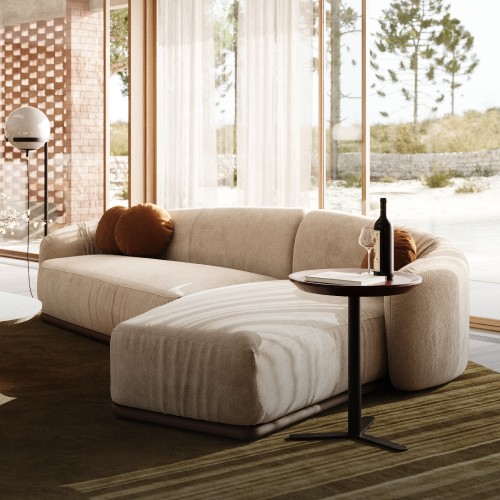
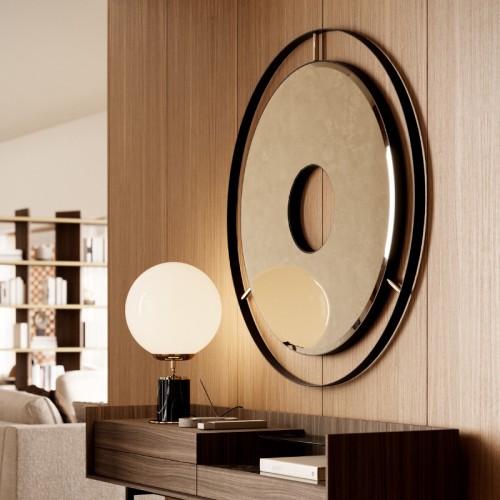
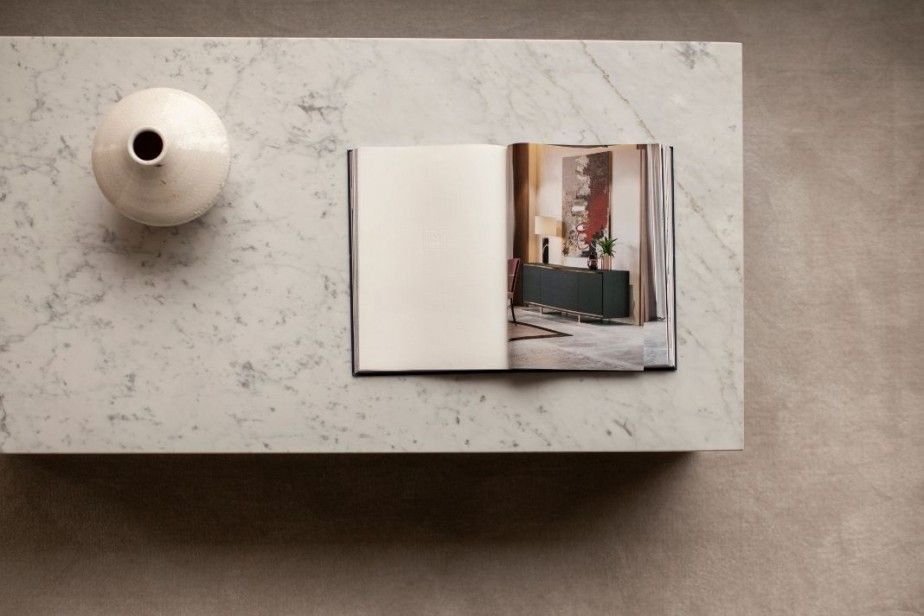
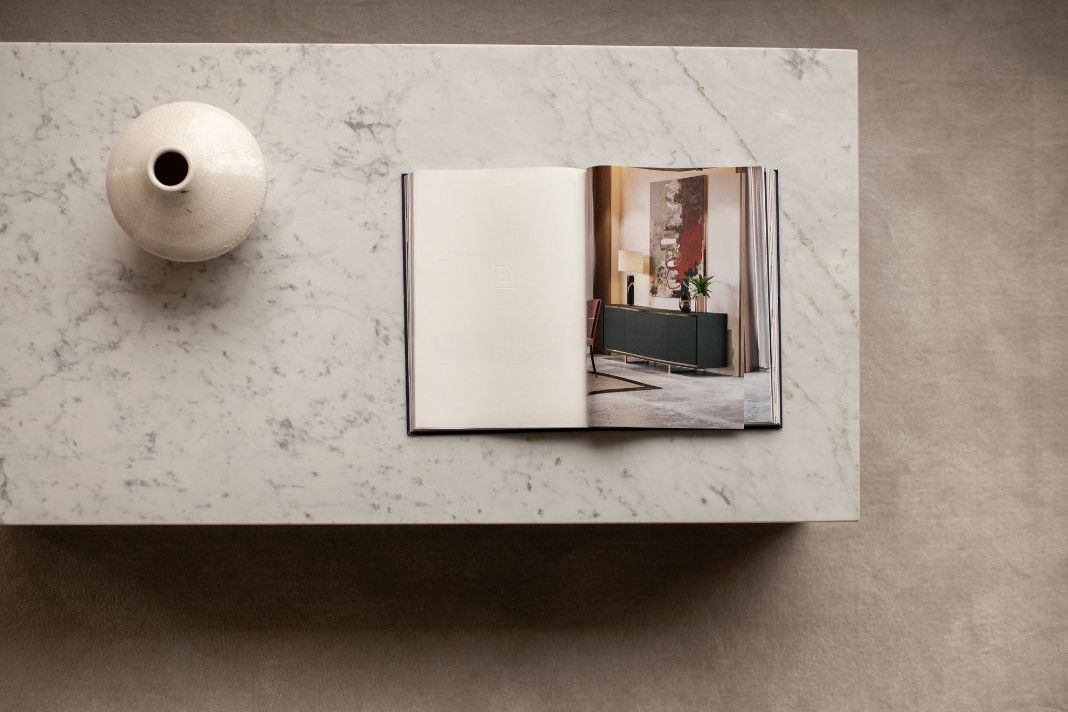
.jpg)









